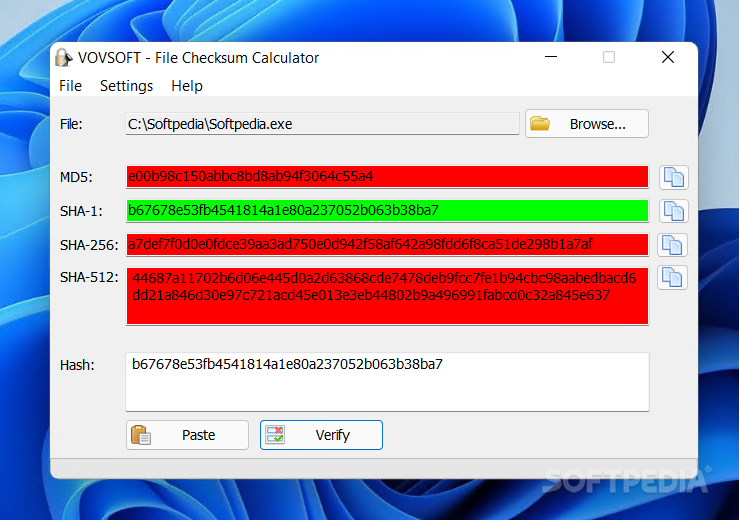
LUHN CHECKSUM CALCULATOR CODE
when providing a public API, you should handle argument checks in this case, check value against null and check each of its code points against the specified entropy - in this case.when implementing an algorithm, you should always include unit tests.Most tips and issues have already been addressed by fellow reviewers. Return - (sum % % fixed check sum can be base instead of 0Įdit: updated the code to support different base system The check digit (x) is obtained by computing the sum of the other digits then subtracting the units digit from 10 If the result of this doubling operation is greater than 9, then add the digits of the product. From the rightmost digit, which is the check digit, and moving left, double the value of every second digit. Throw new ArgumentException("Value contains invalid characters", nameof(value)) If (!value.All(CharacterMap.ContainsKey)) Public static int GetLuhnCheckSum(string value) Private static readonly Dictionary CharacterMap = Unless there is a better variable name, which I have a lack of word for.Īgain quoting the wiki: "The check digit (x) is obtained by computing the sum of the other digits (third row) then subtracting the units digit from 10." I would suggest replacing the validCodePointCount constant with its value.
LUHN CHECKSUM CALCULATOR MOD
Return ((validCodePointCount - (sum %= validCodePointCount)) % validCodePointCount) ġ0 - (x mod 10) can never exceed 10, so the last modulo operation is completely unnecessary. if ((validCodePointCount - 1) = digit % + 1 While we are at it, there is no argument guard that ensures value will always be a string of digits.Įdit: If you look to support an arbitrary set of characters, you can use a lookup table to map the character to its "numerical" value. while (0 48Ī int.Parse could be used instead. You can then iterate forward: foreach (int n in value.Select(c => c - '0'))Ĭonstants should be written in PascalCase, whether it is private or local. You don't have to iterate backwards because you can determine the initial parity from the length of the input string: var parity = value.Length % 2 != 0


In general it is wise to avoid magic numbers, but in some situations it is preferable in order to improve readability - IMO. This is such a common operation and we all know what it's about immediately when seeing it.

In fact in such a relatively small algorithm, I would prefer to use the literals directly in the code than the named constants like: var digit = (value - '0') Here I use '0' instead of 48 because the first is much more recognizable to programmers than the latter, and we instantly grasp the meaning. The names of these constants are hard to distinguish from each other and to understand in the context and they blur the behavior of the algorithm.īetter names could be: const int numberBase = 10


 0 kommentar(er)
0 kommentar(er)
